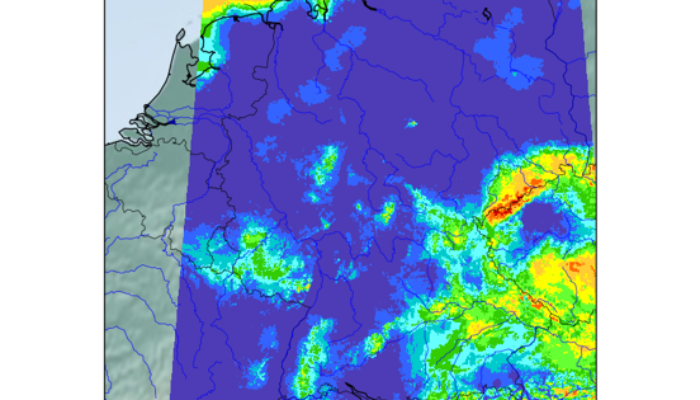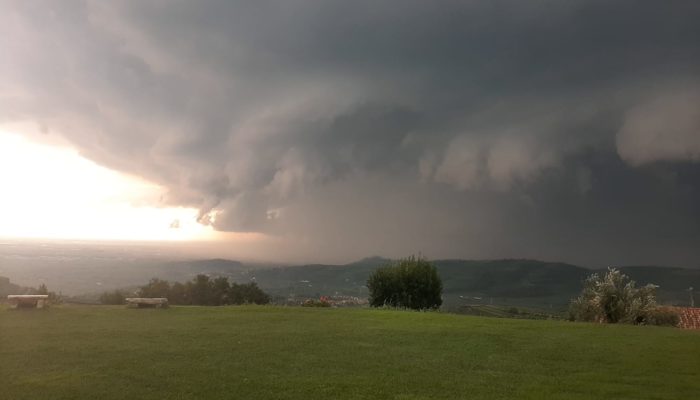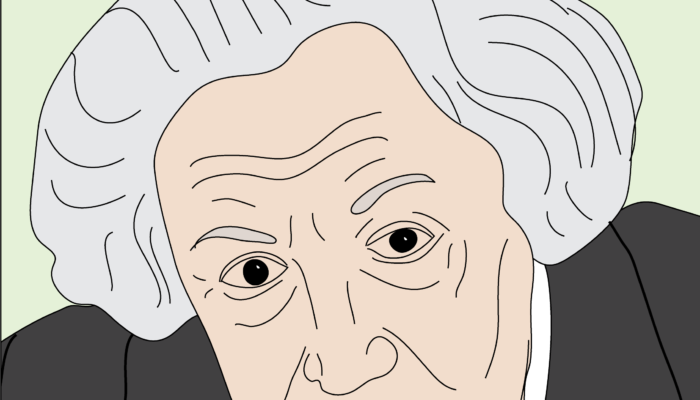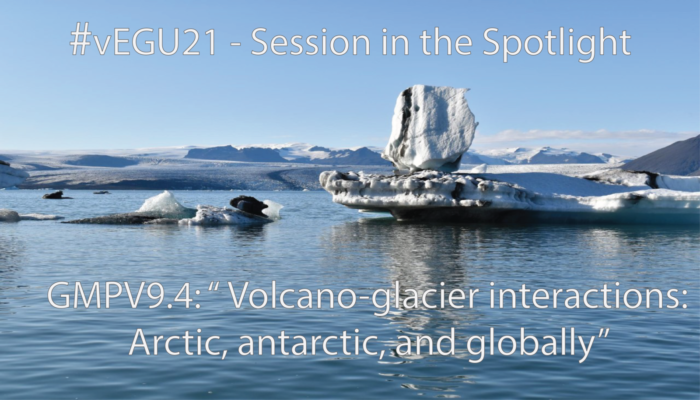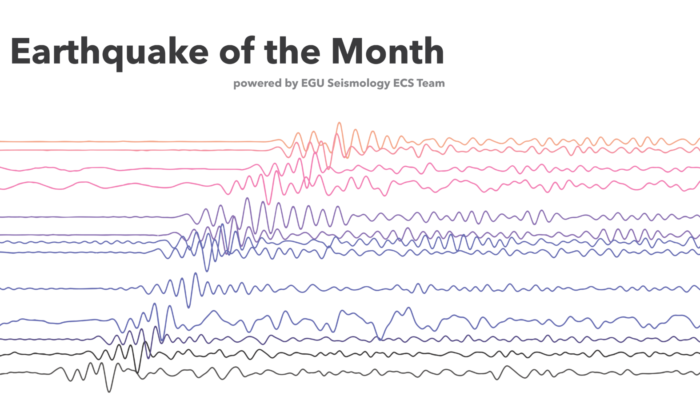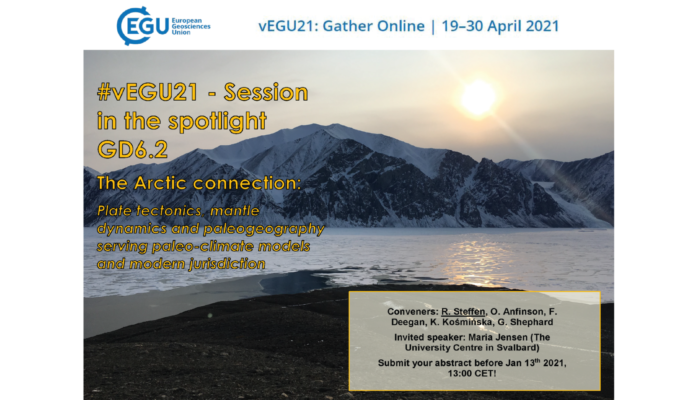We would like to end this year by looking back and thanking you! In July we finally launched the Ocean Sciences blog and joined the EGU blogsphere. Since then we had nine blog posts. Thank you to all the great guest authors we had this year. After the initial Ocean Sciences blog team of Gwyn and me, we are happy to double our efforts with Elizabeth and Kristin joining the editorial team. Elizabeth ...[Read More]
Nonlinear Processes in Geosciences
NPG Paper of the Month: “Statistical postprocessing of ensemble forecasts for severe weather at Deutscher Wetterdienst”
The October 2020 NPG Paper of the Month award goes to Reinhold Hess for the paper “Statistical postprocessing of ensemble forecasts for severe weather at Deutscher Wetterdienst“. Ensemble Forecasting rose with the understanding of the limited predictability of weather. In a perfect ensemble system, the obtained ensemble of forecasts expresses the distribution of possible weather scena ...[Read More]
Geodynamics
Bring on 2021!
Good news, everyone: 2020 is almost over! Your beloved EGU Geodynamics blog team is taking a 2-week break to recover from this extraordinary year. Or maybe ‘unprecedented’ is a better word? I am – of course – referring to the fact that 2020 has been the most successful blog year to date. Not at all the fact that there was a global pandemic this year. Nope. Absolutely not. T ...[Read More]
Seismology
Git or Perish: First commit
Maria, a member of our ECS team, recently interviewed Dr Eric Daub from The Alan Turing Institute, London, UK. Here the Seismology ECS Team wants to know how we can do code better. Together. This is the first interview with software engineers explaining the importance of good practices in software development. Dr Eric Daub received his PhD from the University of California, Santa Barbara, in compu ...[Read More]
Natural Hazards
Climate Change: is Viticulture under threat?
In the afternoon of August 29, 2020, an intense supercell, which is a thunderstorm characterized by the presence of a deep, persistently rotating updraft, affected the province of Verona in the north of Italy (Figure 1). It was not the first event of this kind; several other events, including tornado episodes, had already occurred during summer 2020. Here the video of the downburst recorded during ...[Read More]
Climate: Past, Present & Future
Presenting the EGU climate divisions´ outreach team
For our seasonal greetings this year, we would like to present the outreach team of the climate division. Our team has grown after the last EGU assembly, and this was highly visible in our increased number of blog postings throughout the year. We published 14 post in total! The team is responsible for writing and editing blog posts as well as finding motivated guest writers. We try to address all ...[Read More]
Tectonics and Structural Geology
Maria Vasilyevna Klenova (12 August 1898 – 6 August 1976): The polar scientist who was known as the mother of marine geology.
On the 12th of August 1898, Maria Vasilyevna Klenova was born to a working-class family in Irkutsk1. This city started as a military outpost in 1652, but had become a bustling city around the turn of the 20th century with around half a million inhabitants. In the year Maria was born, Irkutsk became connected to Europe by the infamous Trans-Siberian Railway. Maria did not stay in Irkutsk ver ...[Read More]
Geochemistry, Mineralogy, Petrology & Volcanology
#vEGU21 – Session in the Spotlight: Volcano-glacier interactions: Arctic, Antarctic, and globally
The last thing to finish this year is to submit your abstract to vEGU21? And you didn’t decide yet which session would be most appropriate for you? Here is our final session in the spotlight for this year! You are interested in the interaction of volcanoes and glaciers? Then todays session GMPV9.4: “Volcano-glacier interactions: Arctic, Antarctic, and globally” might be of specia ...[Read More]
Seismology
Earthquake of the month: Russia, deep earthquake M 6.4
November was not highlighted by a large event (> M 7). However, the TOP 3 of the largest earthquakes include a deep focus rupture on November 30th in the Tatar Strait between eastern Russia and Sakhalin Island (Figure 1). This earthquake (M 6.4) occurred at a depth of ~600 km according to different seismology agencies. The moment tensor representation shows an oblique mechanism with a dominant ...[Read More]
Geochemistry, Mineralogy, Petrology & Volcanology
#vEGU21 – Session in the Spotlight: The Arctic connection – plate tectonics, mantle dynamics and paleogeography serving paleo-climate models and modern jurisdiction
The vEGU21 abstract submission is now open until 13 January 2021!! Here we highlight GMPV sessions to help you navigating your way through the wild jungle of almost 700 available EGU sessions! Today we present you session GD6.2/ GMPV11: “The Arctic connection – plate tectonics, mantle dynamics and paleogeography serving paleo-climate models and modern jurisdiction”. From the conv ...[Read More]


